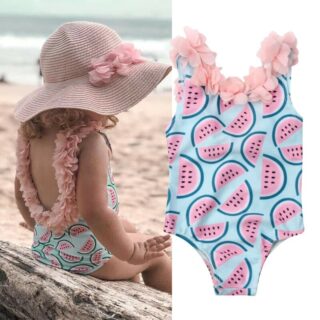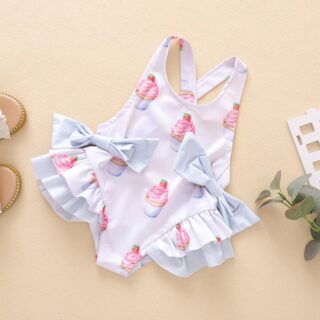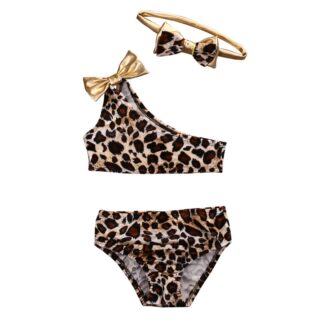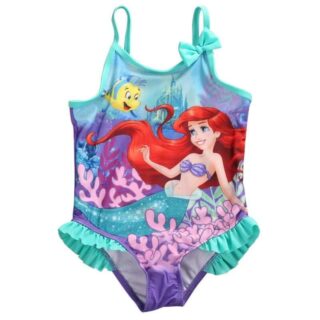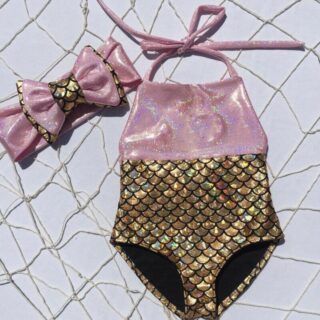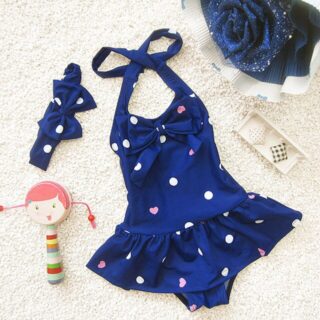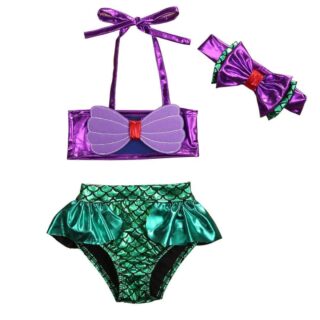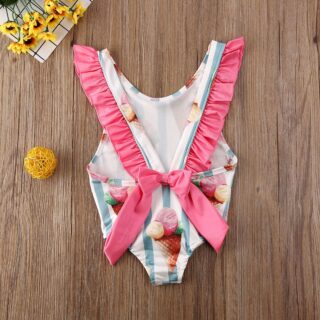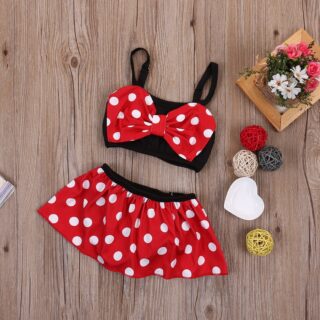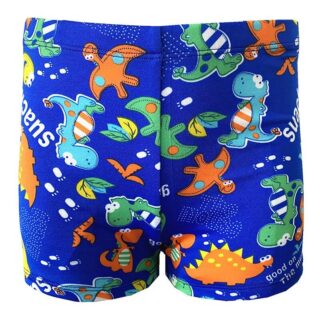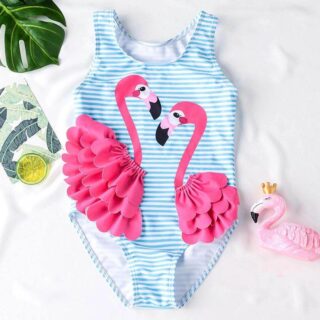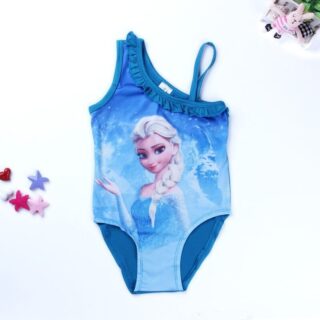-
Children's Swimsuit, Childrenswear
16,40 $ Select options This product has multiple variants. The options may be chosen on the product page -
Children's Swimsuit, Childrenswear
16,40 $ Select options This product has multiple variants. The options may be chosen on the product page -
Children's Swimsuit, Childrenswear
16,40 $ – 18,60 $ Select options This product has multiple variants. The options may be chosen on the product page -
Children's Swimsuit, Childrenswear
16,40 $ Select options This product has multiple variants. The options may be chosen on the product page -
Children's Swimsuit, Childrenswear
16,40 $ Select options This product has multiple variants. The options may be chosen on the product page -
Children's Swimsuit, Childrenswear
21,90 $ Select options This product has multiple variants. The options may be chosen on the product page -
Children's Swimsuit, Childrenswear
16,40 $ – 20,80 $ Select options This product has multiple variants. The options may be chosen on the product page -
Children's Swimsuit, Childrenswear
16,40 $ – 21,90 $ Select options This product has multiple variants. The options may be chosen on the product page -
Children's Swimsuit, Childrenswear
16,40 $ Select options This product has multiple variants. The options may be chosen on the product page -
Children's Swimsuit, Childrenswear
21,90 $ Select options This product has multiple variants. The options may be chosen on the product page -
Children's Swimsuit, Childrenswear
16,40 $ Select options This product has multiple variants. The options may be chosen on the product page -
Childrenswear, Children's Swimsuit
27,40 $ Select options This product has multiple variants. The options may be chosen on the product page
Summer is finally here, and kids can’t wait to enjoy it. A child’s swimsuit is a must. There are many models to choose from. Cost and quality will determine your choice. You’ll find swimsuits designed with soft, pleasant-to-the-touch materials. So your children will enjoy wearing them.
What are the best swimwear models in our collection? Green, blue, red, pink, which color to choose? How do you decide which style and brand to choose? This guide will help you find what you’re looking for.
The importance of swimwear
During the summer, high temperatures engender discomfort and force us to wear less covering clothing. That’s how swimsuits come into play. They cover the intimate parts of the body while offering good comfort. So your kids will have fun and enjoy the summer. What’s more, a swimsuit protects against sunburn.
The swimsuit slips discreetly into children’s shorts. The garment will be easier to remove at the beach.
It’s important to choose well. You need to follow selection criteria, namely quality, comfort and protection.
Children’s swimwear design materials
These days, swimwear results from a blend of elastane, nylon, PBT, natural fiber, cotton and polyester. Which of these materials should you choose?
Nylon
Lightweight and robust, nylon is an economical material. Nylon garments conform to the body. However, the fabric loses its sheen if regularly exposed to sunlight.
The manufacture of nylon releases nitrous oxide, a greenhouse gas. What’s more, the dyes used to decorate nylon fabrics stain the water.
Polyester
The polyester is used to make sports swimwear. The material resists chlorine. It’s also renowned for its durability. Polyester swimwear is 3 times more durable than nylon swimwear.
However, polyester is less elastic. Despite this slight drawback, it is an excellent choice.
Elastane
If you’re looking for a comfortable and elastic model, opt for the elastane swimsuit. It’s easy to put on. Nevertheless, it is sensitive to chlorine and salt. That’s why it deforms with use.
To guarantee its durability, we recommend rinsing it after each use.
Cotton
Children’s swimwear made from cotton has the advantage of being soft and pleasant. However, for health and environmental reasons, opt for organic cotton models.
PBT
More elastic than conventional polyester, PBT is appreciated for its comfort. The material is also resistant, withstanding both heat and chlorine.
Other fibers to choose
Other ecologically renowned materials take part in swimsuit design. These include hemp and lin. However, they are less resistant compared to their artificial equivalents.
What swimwear styles are recommended for a child?
2 essential criteria: convenience and activity determine the choice of model.
Girls’ models
Girls enjoy a wide range of items with original designs: 1 to 2-piece swimsuits, classic or shorty panties… You’ll find :
- A one-piece girl’s swimsuit with watermelon print;
- A halter girl’s swimsuit with cake print ;
- A one-piece girl’s swimsuit with ice cream print;
- A three-piece girl’s swimsuit with leopard print;
- A girl’s two-piece mermaid-style swimsuit with bandeau;
- A one-piece girl’s swimsuit with bandeau.
Orient your choice according to the activity planned. For swimming lessons, prefer a comfortable piece that frees up movement. For swimming, any model will do.
Boys’ models
Also to be chosen according to the activity. Boys also benefit from a wide choice such as :
- The children’s swimming vest;
- The boy’s swimsuit with cartoon print;
- Children’s cartoon print beach shorts;
The choice also depends on the location and activity. In the sun or at summer camp, swimming shorts and Bermudas are recommended. Pool sessions require boxer shorts and swim trunks.
How to care for a child’s swimsuit
Care conditions the longevity of the piece. Here are a few recommendations to follow:
- After each use, rinse the swimsuit with chlorine-free water;
- Avoid putting on a wet swimsuit;
- Place swimsuit out of direct sunlight;
- Wash swimsuits with detergent for delicate laundry, then air-dry away from heat;
- Avoid dry-cleaning, ironing and tumble-drying.
These care rules prevent skin problems.
